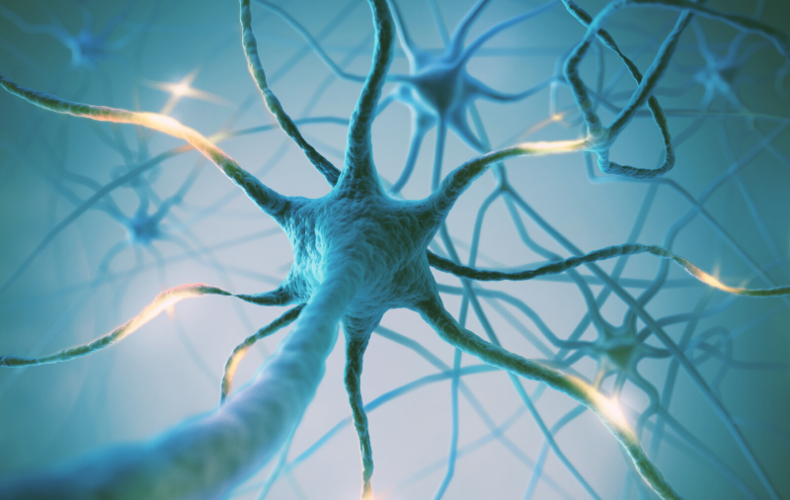
Multiple sclerosis (MS) is a devastating neurological disease that affects millions of people worldwide. It occurs when the protective layer that surround the brain’s nerve cells break down, interfering with the electrical impulses that travel along each nerve.
MS patients experience symptoms which make it difficult to control their body, including muscular spasms, fatigue, vertigo, weakness, and issues with balance. Cognitive problems, memory loss, and visual disturbances are also common.
Over the past decade, there have been several studies looking into the use of mesenchymal stem cells (MSCs) for treating Multiple Sclerosis. Researchers have been interested into the immunomodulatory capacity of stem cells (ability to modulate the immune system) and believe MSCs could form a viable treatment for MS.
Umbilical cord stem cells also have the capacity to promote tissue repair and reduce inflammation. This makes stem cells potentially very useful for treating MS, which is characterised by inflammation and tissue injury.
A recent phase II double-blind trial has demonstrated the power of umbilical cord stem cells. The study involved 48 patients which MS. They found that stem cells therapy improved MS symptoms in roughly 73% of participants, while halting disease progression in about 60% of participants.
Lead researcher Dr. Ibrahim Kassis described how successful the trial was, writing: “Some patients stopped using a walker or a stick, and some others increased the distance they can walk.”
The researchers used Expanded Disability Status Scale (EDSS) scores to determine how much each patient had been affected by the treatment. They found that the patients receiving MSCs performed much better than those that did not.
As Dr. Kassis explained: ”The mean EDSS score deteriorated in the sham-treated group and was improved in the MSC-IT and MSC-IV groups during both treatment cycles (P = 0.0002 and P = 0.007, respectively, versus sham treatment; Mann-Whitney test) (Fig. 2 and Table 3). Two patients showed improvement in EDSS during the first cycle of treatment with MSC-IT and 11 during the second cycle (ranging from 0.5 to 1.0 degrees). The respective numbers of patients with improvement in the MSC-IV group were three and six in the two cycles; one patient showed improvement in the sham treatment group (Table 4).”
Source: Stem Cell Therapy, A New Multiple Sclerosis Breakthrough in 2021?
{{cta(‘a30cec0a-5bde-4167-9d35-9d42b560ca18’)}}


